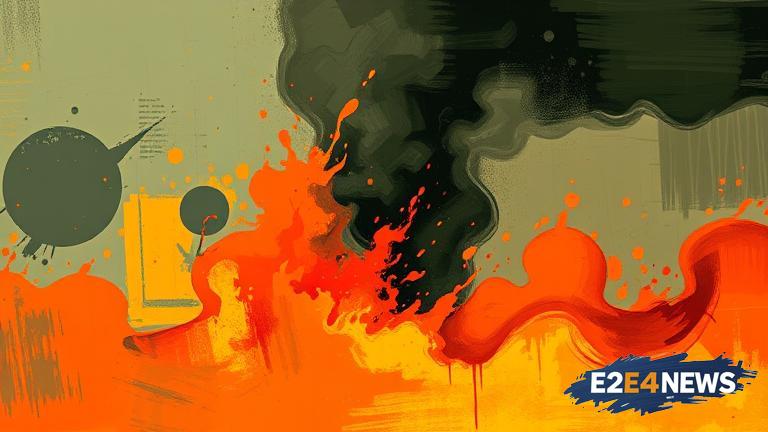The Bengali language, spoken by over 100 million people in Bangladesh and India, has been at the center of a heated controversy in recent days. The debate surrounds the classification of Bengali dialects, with some arguing that certain dialects are not ‘pure’ Bengali. However, linguists have long recognized the diversity of Bengali dialects, which can be broadly classified into several categories. The standard dialect of Bengali, known as Shadhubhasha, is the most widely spoken and is used in formal situations, such as education and government. On the other hand, Choltibhasha is the colloquial dialect, which is used in informal settings and is characterized by a more relaxed pronunciation and vocabulary. Other dialects, such as Sylheti and Chittagonian, are spoken in specific regions of Bangladesh and have distinct grammatical and phonetic features. Despite these differences, all Bengali dialects are mutually intelligible, meaning that speakers of one dialect can generally understand speakers of another. The classification of Bengali dialects is not just a matter of academic interest, but also has important implications for language policy and education. In Bangladesh, the standard dialect is used in schools and government institutions, while in India, the colloquial dialect is more widely used. The controversy surrounding the Bangladeshi language has sparked outrage among many Bengali speakers, who feel that their language and culture are being disrespected. However, linguists argue that the diversity of Bengali dialects is a strength, not a weakness, and that all dialects should be recognized and respected. In fact, the Bengali language has a rich literary and cultural heritage, with famous writers such as Rabindranath Tagore and Kazi Nazrul Islam contributing to its development. The language has also played an important role in the history of Bangladesh, with the Bengali Language Movement of 1952 being a key factor in the country’s struggle for independence. Today, Bengali is an official language of both Bangladesh and India, and is recognized by the United Nations as one of the most widely spoken languages in the world. Despite its importance, the Bengali language faces several challenges, including the influence of other languages such as English and Hindi. However, efforts are being made to promote the use of Bengali in education and government, and to recognize the diversity of Bengali dialects. In conclusion, the controversy surrounding the Bangladeshi language is a complex issue that requires a nuanced understanding of the classification of Bengali dialects and the importance of language diversity. By recognizing and respecting the diversity of Bengali dialects, we can promote a more inclusive and equitable language policy, and celebrate the rich cultural heritage of the Bengali language. The Bengali language is a vital part of the cultural identity of Bangladesh and India, and its preservation and promotion are essential for the development of these countries. Furthermore, the Bengali language has the potential to play a significant role in regional and international communication, and its recognition as a major language can help to promote greater understanding and cooperation between nations. Ultimately, the classification of Bengali dialects is a matter of ongoing debate and research, and further study is needed to fully understand the complexities of the Bengali language. Nevertheless, it is clear that the Bengali language is a rich and diverse language that deserves recognition and respect, and that its preservation and promotion are essential for the cultural and economic development of Bangladesh and India.
